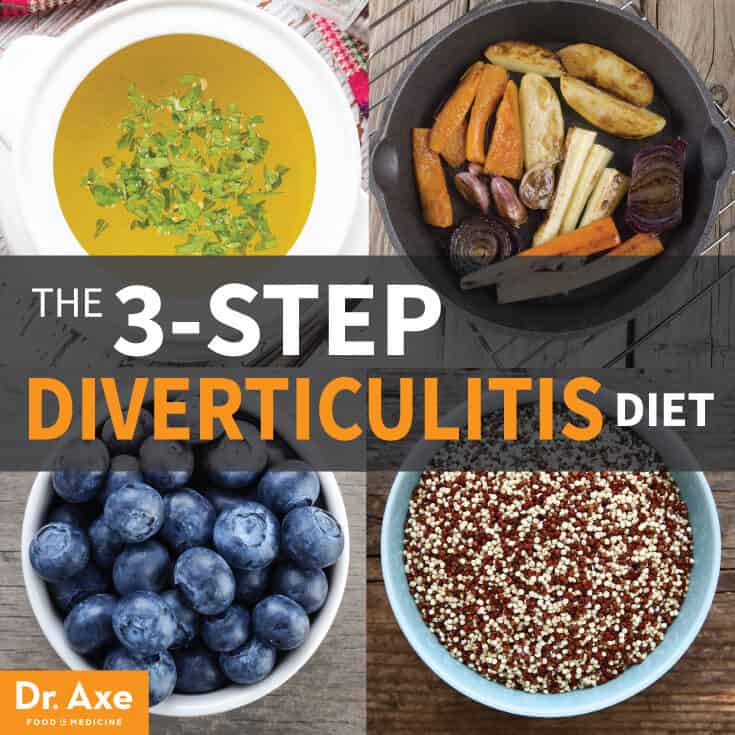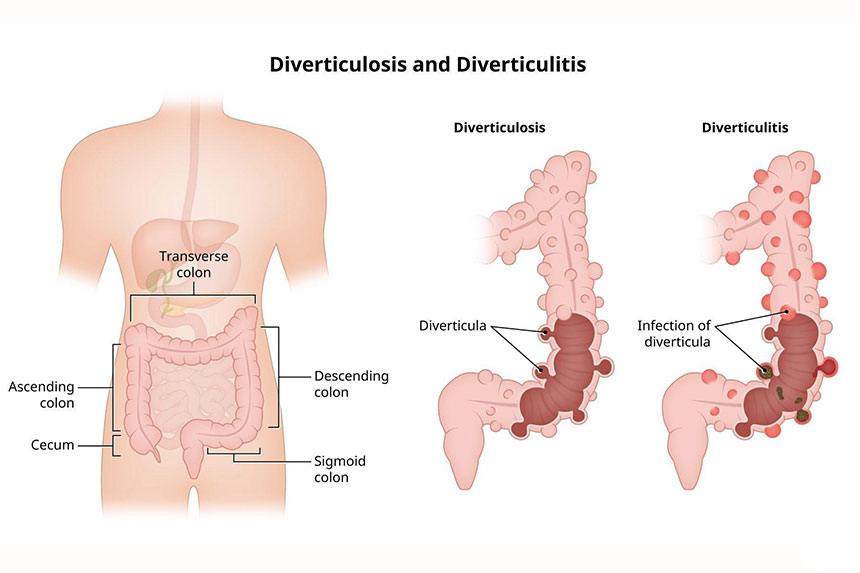Discover the Best Healing Foods for Diverticulitis: What to Eat
Finding relief from diverticulitis can feel overwhelming, especially when you’re unsure what to eat. Many leaf seekers on kratomforum.org discuss the importance of diet in managing their symptoms. This guide provides practical advice and assistance on healing foods for diverticulitis: what to eat to feel better and support your digestive health. Understanding healing foods for diverticulitis: what to eat is crucial for managing this condition. This article will explore the best dietary choices to alleviate symptoms and promote healing. We’ll delve into specific foods to include in your diet, and those to avoid, so you can confidently navigate your healing journey. Learning about healing foods for diverticulitis: what to eat is a powerful step towards better health.
Understanding Diverticulitis and Dietary Needs
Diverticulitis is a condition characterized by inflammation or infection of small pouches (diverticula) that can develop in the digestive tract. While the exact cause isn’t fully understood, a low-fiber diet is a significant contributing factor. A crucial aspect of managing diverticulitis is adhering to a diet rich in fiber, which helps soften stool and reduce pressure on the diverticula, minimizing inflammation and discomfort. Therefore, focusing on healing foods for diverticulitis: what to eat becomes paramount for effective management. Finding the right healing foods for diverticulitis: what to eat can significantly impact your recovery and overall well-being.
High-Fiber Foods: Your Allies in Healing
The cornerstone of a diverticulitis diet is increased fiber intake. This is because fiber adds bulk to your stool, making it easier to pass and preventing constipation, a major trigger for diverticulitis flare-ups. Excellent sources of fiber include whole grains like oats, barley, and brown rice. Fruits such as berries, apples (with skin), and pears are also beneficial. Leafy green vegetables like spinach, kale, and collard greens provide essential fiber and nutrients. Legumes such as lentils, beans, and chickpeas are another excellent source of fiber and protein, contributing to overall digestive health. Focusing on these healing foods for diverticulitis: what to eat will help regulate bowel movements and reduce strain on your digestive system. The abundance of fiber in these foods is crucial for preventing diverticulitis flare-ups and promoting healing. Remember, consistently incorporating healing foods for diverticulitis: what to eat is key to long-term management.
Foods to Minimize or Avoid During a Flare-Up
During an acute flare-up, your digestive system needs extra rest and support. Certain foods can exacerbate inflammation and discomfort, so it’s crucial to temporarily restrict or eliminate them from your diet. These include foods low in fiber, such as white bread, processed foods, and refined grains. Foods high in fat, such as fried foods and red meat, can also slow down digestion and worsen symptoms. Nuts and seeds, while generally healthy, can be problematic during a flare-up due to their potential to irritate the inflamed diverticula. Dairy products may also cause digestive distress in some individuals. Understanding which healing foods for diverticulitis: what to eat to avoid is just as important as knowing what to include. Careful attention to your diet during a flare-up can significantly accelerate your recovery. By eliminating potentially irritating healing foods for diverticulitis: what to eat (temporarily), you provide your body the chance to heal.
The Importance of Gradual Reintroduction
Once the acute phase of diverticulitis has subsided, gradually reintroducing foods is crucial. Don’t rush back into eating high-fiber foods immediately, as this could trigger another flare-up. Start with small amounts of easily digestible fiber sources and monitor your body’s response. Gradually increase the quantity and variety of fiber-rich foods over several weeks. This careful approach allows your digestive system to adapt and reduces the risk of recurrence. This measured approach to healing foods for diverticulitis: what to eat is essential for long-term digestive health. Patience and mindful eating are key to successfully managing your condition. The gradual reintroduction of healing foods for diverticulitis: what to eat is a vital part of the recovery process.
Hydration: An Often-Overlooked Essential

Adequate hydration is crucial for optimal digestive health, particularly when managing diverticulitis. Water helps soften stool, making it easier to pass and reducing strain on the digestive tract. Aim for at least eight glasses of water per day, and consider incorporating hydrating beverages like herbal teas (avoid caffeinated ones). Dehydration can worsen constipation, which is a significant risk factor for diverticulitis. Therefore, maintaining proper hydration is as important as focusing on healing foods for diverticulitis: what to eat. Sufficient hydration supports the overall healing process and helps prevent future flare-ups. Prioritizing hydration alongside selecting the right healing foods for diverticulitis: what to eat contributes to a holistic approach to managing this condition.
Beyond Food: Lifestyle Choices for Enhanced Healing
While diet plays a pivotal role, other lifestyle factors contribute significantly to diverticulitis management. Regular physical activity helps stimulate bowel movements and prevent constipation. Aim for at least 30 minutes of moderate-intensity exercise most days of the week. Stress management techniques, such as yoga, meditation, or deep breathing exercises, can also be beneficial. Stress can negatively impact digestion and exacerbate symptoms. Combining these lifestyle choices with a focus on healing foods for diverticulitis: what to eat offers a comprehensive approach to managing your health. These supplementary actions significantly enhance the effectiveness of a diet focused on healing foods for diverticulitis: what to eat.
Seeking Professional Guidance
It’s crucial to consult with your doctor or a registered dietitian before making significant dietary changes, especially if you have diverticulitis. They can provide personalized recommendations based on your individual needs and health status. They can help you create a balanced meal plan that incorporates the right healing foods for diverticulitis: what to eat, ensuring you’re meeting all your nutritional requirements. Don’t hesitate to seek professional support; it’s a valuable investment in your health and well-being. A tailored approach to healing foods for diverticulitis: what to eat, guided by a professional, is the most effective strategy.

Recipes and Meal Planning for Success
Finding practical ways to incorporate healing foods for diverticulitis: what to eat into your daily routine can be challenging. Meal planning and preparing simple, healthy meals can make a big difference. Focus on incorporating high-fiber foods into your breakfast, lunch, and dinner. For example, oatmeal with berries and nuts (during remission) for breakfast, lentil soup for lunch, and baked salmon with roasted vegetables for dinner. Experiment with different recipes and find what you enjoy, ensuring a consistent intake of healing foods for diverticulitis: what to eat. Consistent meal planning and preparation are key to maintaining a healthy diet focused on healing foods for diverticulitis: what to eat.
Long-Term Management and Prevention
Managing diverticulitis is a long-term commitment, but with the right approach, you can significantly reduce the frequency and severity of flare-ups. Maintaining a high-fiber diet, staying hydrated, and engaging in regular physical activity are crucial for long-term management. Regular check-ups with your doctor are also essential to monitor your condition and make any necessary adjustments to your treatment plan. The journey of healing foods for diverticulitis: what to eat is a continuous process that requires dedication and consistency. Long-term adherence to a diet rich in healing foods for diverticulitis: what to eat is the best preventative measure.
The Power of Positive Dietary Choices

Embracing a diet rich in healing foods for diverticulitis: what to eat is not just about managing symptoms; it’s about empowering yourself to take control of your health. By making conscious choices about what you eat, you actively contribute to your healing and well-being. This positive approach fosters a sense of empowerment and confidence in your ability to manage your condition effectively. Remember, focusing on healing foods for diverticulitis: what to eat is an investment in your long-term health and happiness. The positive impact of choosing healing foods for diverticulitis: what to eat extends far beyond symptom relief.
Your Journey to Digestive Wellness
The information provided in this guide is intended for informational purposes only and does not constitute medical advice. Always consult with your healthcare provider before making any changes to your diet or treatment plan. Your journey towards digestive wellness is unique, and finding the right balance of healing foods for diverticulitis: what to eat is a personal process. Be patient with yourself, celebrate your successes, and remember that consistent effort will lead to improved health and well-being. Your commitment to discovering the right healing foods for diverticulitis: what to eat is a testament to your dedication to your health.
Conclusion: A Path to Lasting Relief
Successfully navigating diverticulitis requires a multifaceted approach, with diet playing a central role. By understanding which healing foods for diverticulitis: what to eat to include and avoid, and by combining dietary changes with a healthy lifestyle, you can significantly improve your quality of life and reduce the likelihood of future flare-ups. Remember that consistency is key, and seeking professional guidance can provide invaluable support on your journey to lasting relief. Your dedication to understanding and implementing the principles of healing foods for diverticulitis: what to eat will ultimately lead to improved health and a better quality of life.
Tags: diverticulitis diet, high fiber foods, diverticulitis relief, healing foods diverticulitis, digestive health

